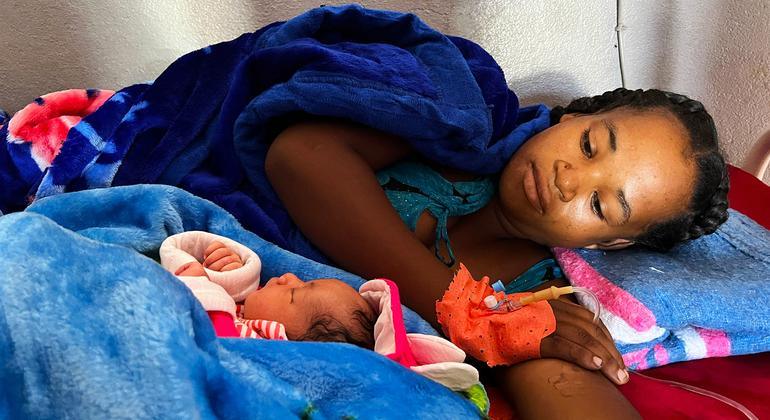During the last decade, a growing body of evidence has highlighted the generalized impact of abuse and the need to place respectful care in the center of all maternal and newborn health strategies.
WHO’s human reproduction program (HRP), and Partners published a new compendium on Wednesday with the aim of ending the abuse and promoting respectful maternal and newborn care, with the last evidence and guidance on best practices.
From the formulation of policies to clinical environments and community services, this compendium describes the processable steps to defend the rights, needs and preferences of women, newborns, parents and families.
Wide range of abuse
Taking different forms, abuse during childbirth covers from negligence and abuse to non -consensual medical procedures, with an earlier study with the support of the OMN. 40 percent of women in four countries had experienced some type of abuse or discrimination during childbirth or childbirth..
Some reported having been slapped, shouted or restricted by force.
In these four countries, researchers also found that More than four out of 10 women had been physically or verbally abused during childbirthWith some also experiencing discrimination.
Besides, Up to 75 percent of extremely sensitive procedures were carried out without consent.
Exclude
“Too often, women are not part of decision making and are treated with contempt or even abusE, “said who is Dr. Hedieh Mehrtash.
“The respectful maternal and newborn care must be integrated and integrated into politics and practice,” said who, as the compendium provides practical resources for the countries, urging health systems to proactively embed the dignity, equity and respect of all aspects of motherhood and attention of newborns, based on the declaration of who 2014 on the prevention of lack of respect and abuse.
Highlighting critical areas where the abuse is often overlooked, whose compendium provides programs of programs essential background to build a fundamental understanding of abuse and respectful attention and the objective of ensuring that respectful practices become the norm.




